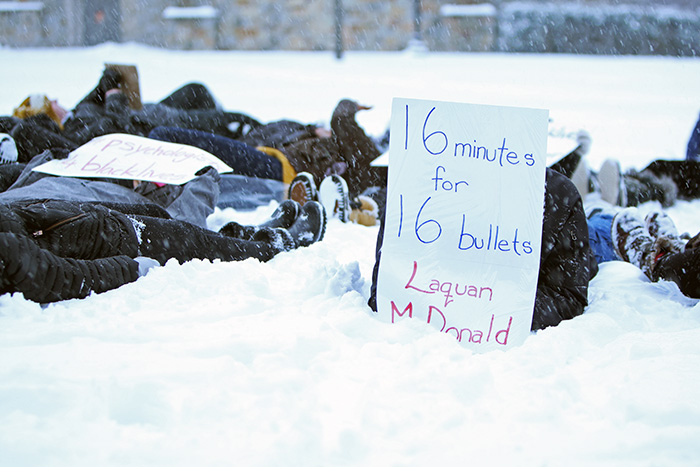 This year, the APAGS Convention Committee has put graduate student programming at Convention into tracks: Diversity, Professional Development, Science, and Internship. We’ve done so with an eye for how certain programs and talks might go together, so that students can set their goals for convention (e.g., get the skinny on how to research efficiently) and feel assured that they hit all the talks.
This year, the APAGS Convention Committee has put graduate student programming at Convention into tracks: Diversity, Professional Development, Science, and Internship. We’ve done so with an eye for how certain programs and talks might go together, so that students can set their goals for convention (e.g., get the skinny on how to research efficiently) and feel assured that they hit all the talks.
Check out my previous post that highlights the Professional Development track.
My self-care activity throughout grad school has been hiking. For that reason, my mind is making connections between our APAGS tracks and hiking routes. Imagine each track as a particular hiking path. Sometimes they intersect with other paths, and sometimes you can hop between paths based on your needs. In fact, the hiking analogy can be extended further! Hydrate during convention, pack good footwear (lots of walking), and tie up your food at night so that grizzly bears hungry grad students cranky advisers don’t get into it.
Second track: Science
Length: Straight shot to some sweet pubs and science-nerdiness Preparation: Read up on internships leading to unexpected career paths, and how to dive into research
- Alternative Career Paths with a Doctorate in Psychology (also in Professional Development)
- Conducting Research within a Social Justice Framework: From Research Question to Publication (also in Diversity)
- Networking with a Purpose: Making a Plan, Building Relationships, and Maintaining Connections (also in Professional Development)
- Late Breaking Poster Session
- Conducting Research on Marginalized Identities: When Research is “Me-Search” (also in Diversity)
- Reviewing for a Journal as Graduate Students: The Whys and Hows
- Individual Development Plans for Students and Postdocs (also in Professional Development)
Happy trails!
Editor’s Note: Each day this week we will highlight a different APAGS Program Track. Find out which track is right for you! Also, check out the full schedule of APAGS programming.







 This has been an inspiring journey for me and I thank you all for your collective efforts in making this happen. We staged a coordinated event at 20 schools, across 12 states, with hundreds of student and faculty participants. You should all be proud of your efforts! Of course, this is just the first step in the #psychologists4blacklives movement and I hope that together we can keep the momentum going. We are planning to be at the
This has been an inspiring journey for me and I thank you all for your collective efforts in making this happen. We staged a coordinated event at 20 schools, across 12 states, with hundreds of student and faculty participants. You should all be proud of your efforts! Of course, this is just the first step in the #psychologists4blacklives movement and I hope that together we can keep the momentum going. We are planning to be at the 
 Schools throughout the country uploaded their pictures as well! Die-In participants at Virginia Commonwealth University, Boston College,
Schools throughout the country uploaded their pictures as well! Die-In participants at Virginia Commonwealth University, Boston College, 
 Participating Schools:
Participating Schools: